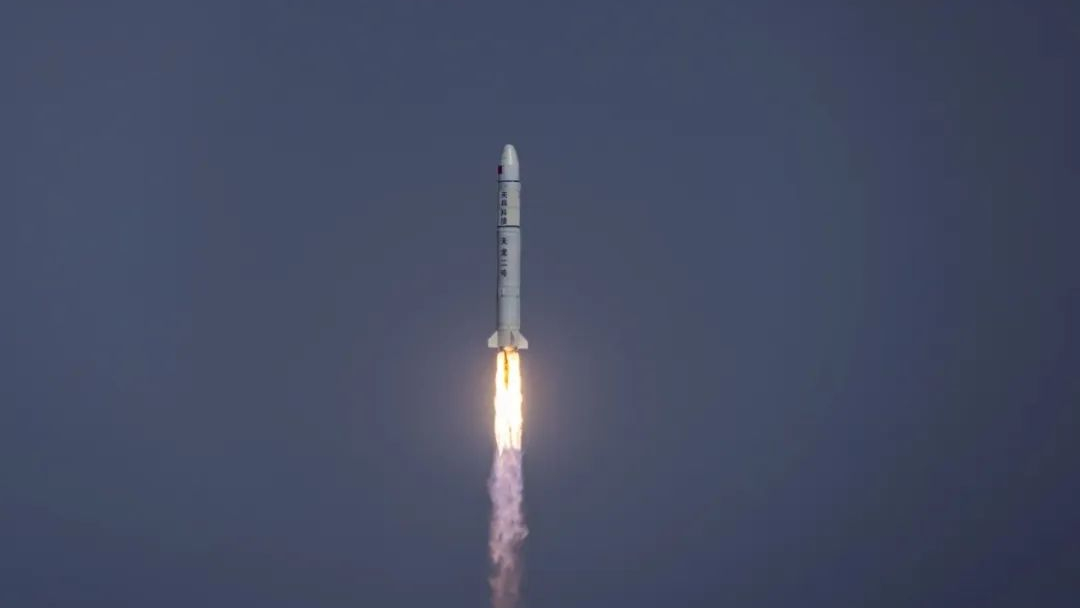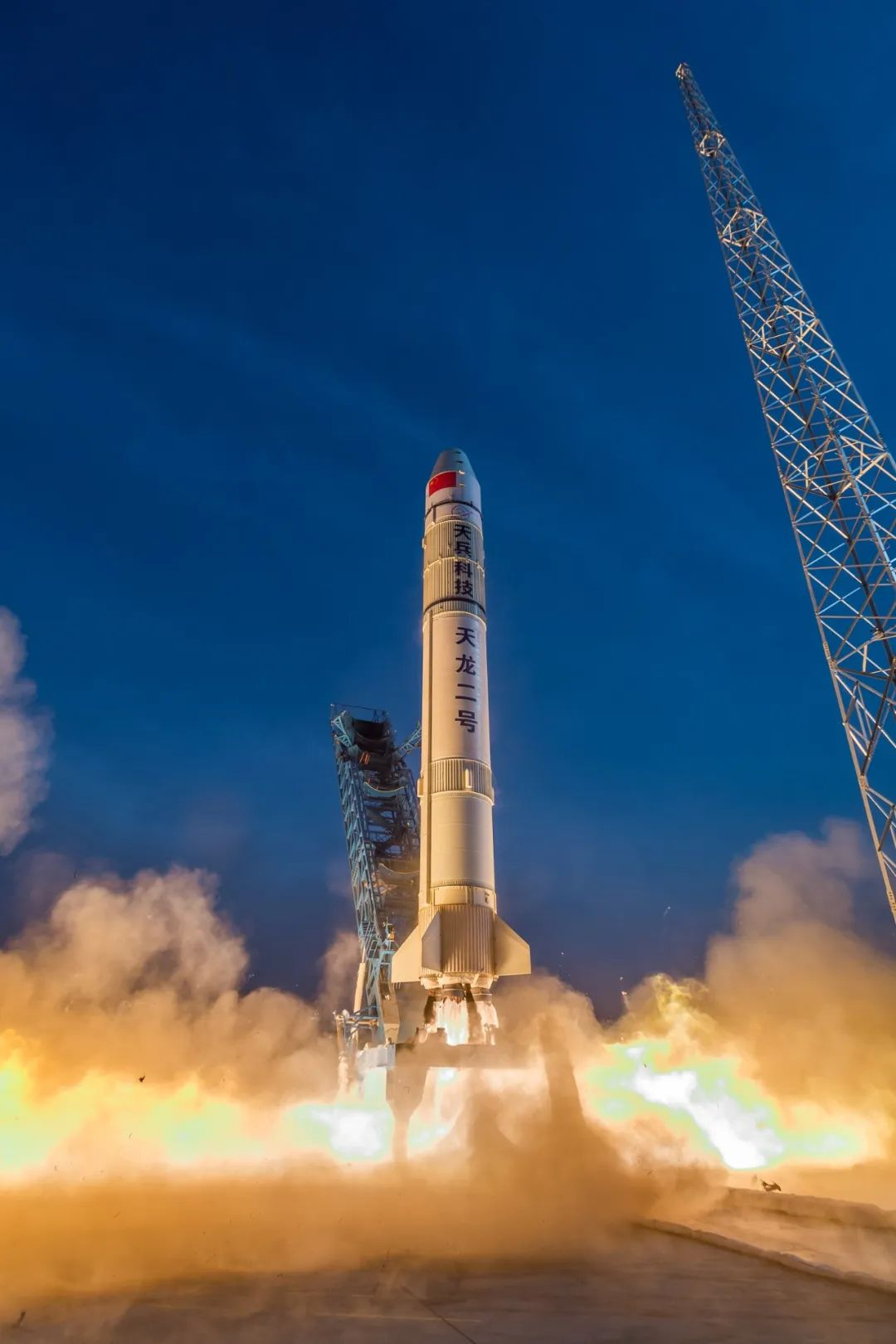China's Space Pioneer reaches orbit with Tianlong-2 rocket launch (video)
The April 2 launch saw China's Space Pioneer become the country's first private company to reach orbit.
The Chinese company Space Pioneer successfully launched its Tianlong-2 rocket into orbit early Sunday (April 2), making space exploration history in the process.
The 4:48 a.m. Beijing Time launch from China's Jiuquan Satellite Launch Center located in the Gobi Desert, Inner Mongolia, represented the first time a liquid fueled rocket has been launched into orbit by a Chinese aerospace company, and also the first time a startup company successfully reached orbit on its first attempt. The Tianlong-2 rocket's name means "Sky Dragon-2," according to a translation.
Beyond making its mark on history, the rocket's builder Space Pioneer — also known as Beijing Tianbing Technology Co. — aimsed to launch a small satellite to a polar orbit around Earth that is in a "fixed" position relative to the sun.
From this sun-synchronous orbit the satellite, named Ai Taikong Kexue or "Love Space Science" and developed by Hunan Hangsheng Satellite Technology Co., Ltd, will test its remote sensing capabilities.
"At 4:48:15 on April 2, 2023, the Tianlong-2 Yaoyi carrier rocket independently developed by our company ignited and took off at the Jiuquan Satellite Launch Center, and successfully sent the 'Love Space Science' remote sensing satellite into a sun-synchronous orbit at an altitude of 500 kilometers. The launch mission was a complete success," Beijing Tianbing Technology Co. wrote in a press release.
According to SpaceNews, Tianlong-2 is a three-stage rocket that is capable of carrying 2,000 kilograms (2 tons) to low Earth orbit or 1,500 kg (1,5 tons) to a 500-kilometer-altitude sun-synchronous orbit. The Beijing Tianbing Technology Co said that the 3.35-meter-wide, 32.8-meter-tall rocket is fueled by coal-based kerosene. This allowed the three YF-102 gas generator engines of the rocket, which had a take-off mass of 153 tons, to deliver a thrust of 193 tons at take-off.
"The Tianlong-2 rocket adopts the 'three flat and one vertical' test and launch mode, vehicle-mounted mobile launch, tank car automatic filling, and a self-contained diversion launch device, and can implement liquid rocket launch from a simple cement field, providing a solid foundation for large-scale launches. An innovative model," Beijing Tianbing Technology Co. wrote.
Breaking space news, the latest updates on rocket launches, skywatching events and more!
Kerosene derived from coal was recently approved by China's state-owned main space contractor the China Aerospace Science and Technology Corporation (CASC).
China seriously committed itself to the space race in 2014 when President Xi instructed the air force to speed up the integration of air and space capabilities. This sparked the birth of China's commercial space sector. This year could see over 20 private and commercial rockets launched from China, according to SpaceNews.
"Getting into orbit is just the beginning. In the future, Tianbing Technology will continue to improve its main products such as reusable large liquid carrier rockets, heavy liquid carrier rockets, and manned space shuttles," Beijing Tianbing Technology Co. wrote. "Advanced aerospace propulsion technology and service solutions, enabling orbital transportation and intercontinental transportation, helping China's commercial rockets enter the era of big payloads and green aerospace so that aerospace technology can truly benefit people’s livelihood and the lives of ordinary people."
Follow us on Twitter @Spacedotcom or on Facebook.

Robert Lea is a science journalist in the U.K. whose articles have been published in Physics World, New Scientist, Astronomy Magazine, All About Space, Newsweek and ZME Science. He also writes about science communication for Elsevier and the European Journal of Physics. Rob holds a bachelor of science degree in physics and astronomy from the U.K.’s Open University. Follow him on Twitter @sciencef1rst.


